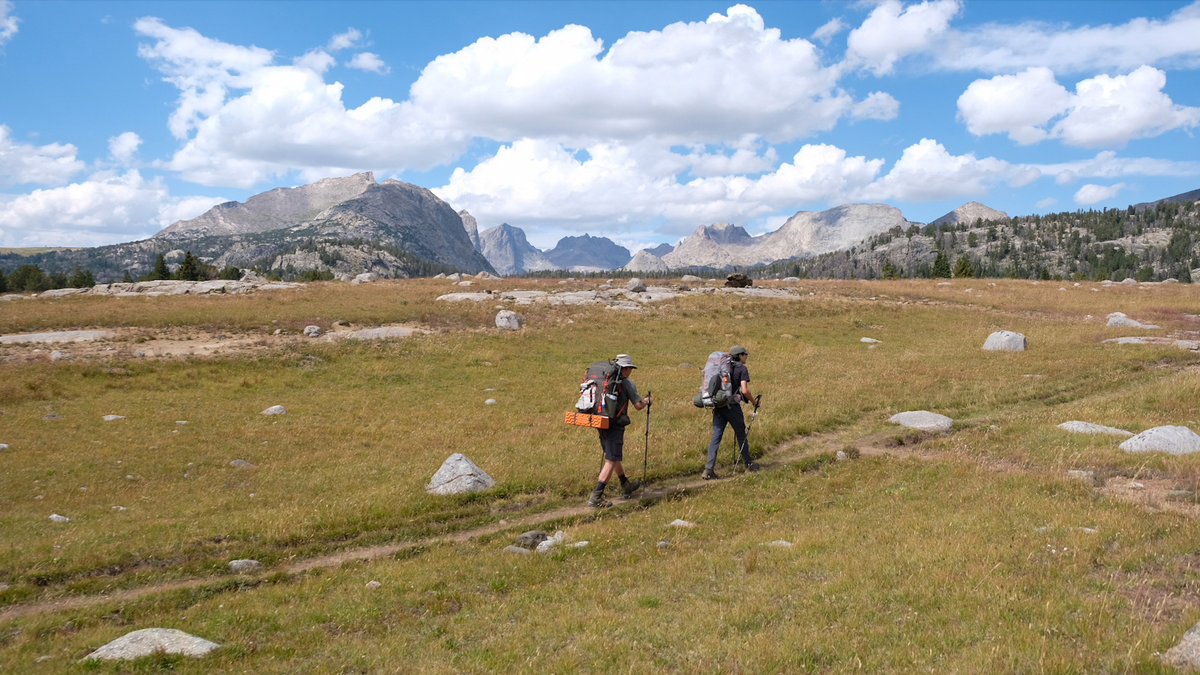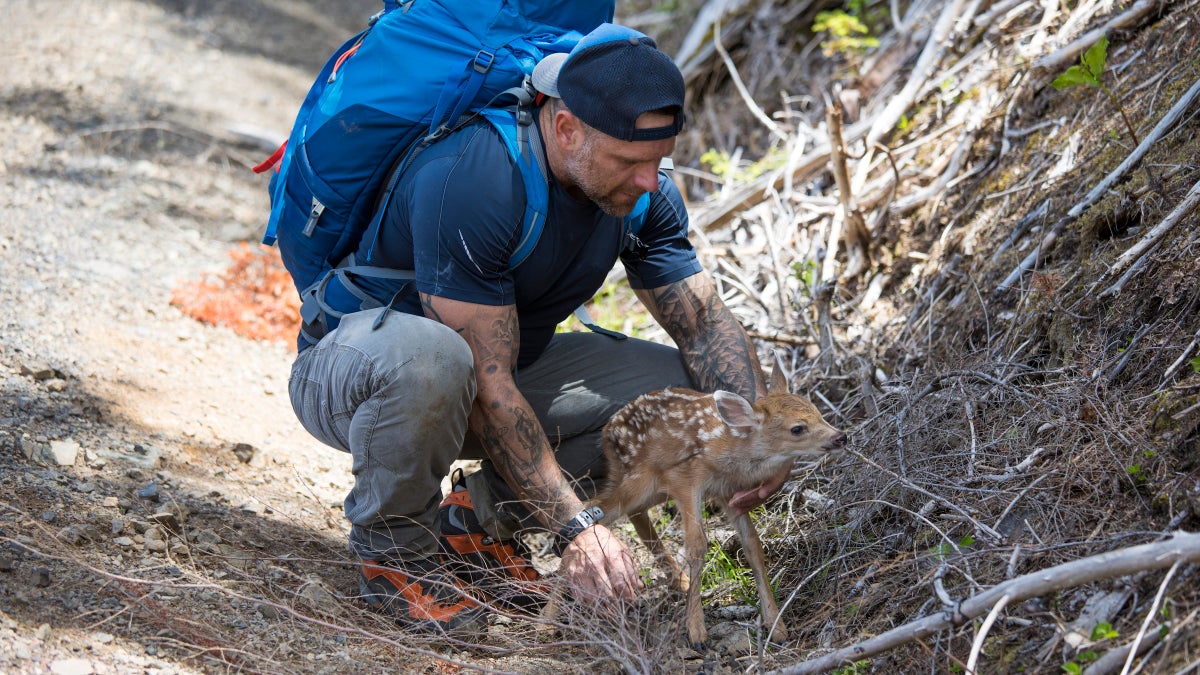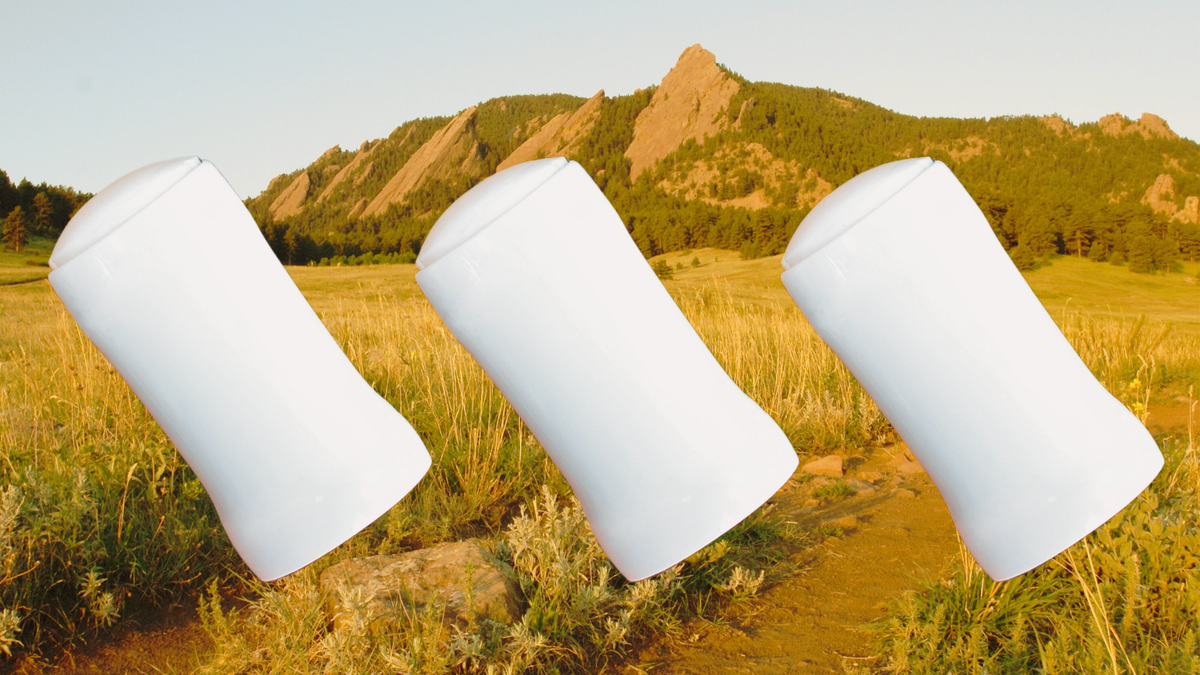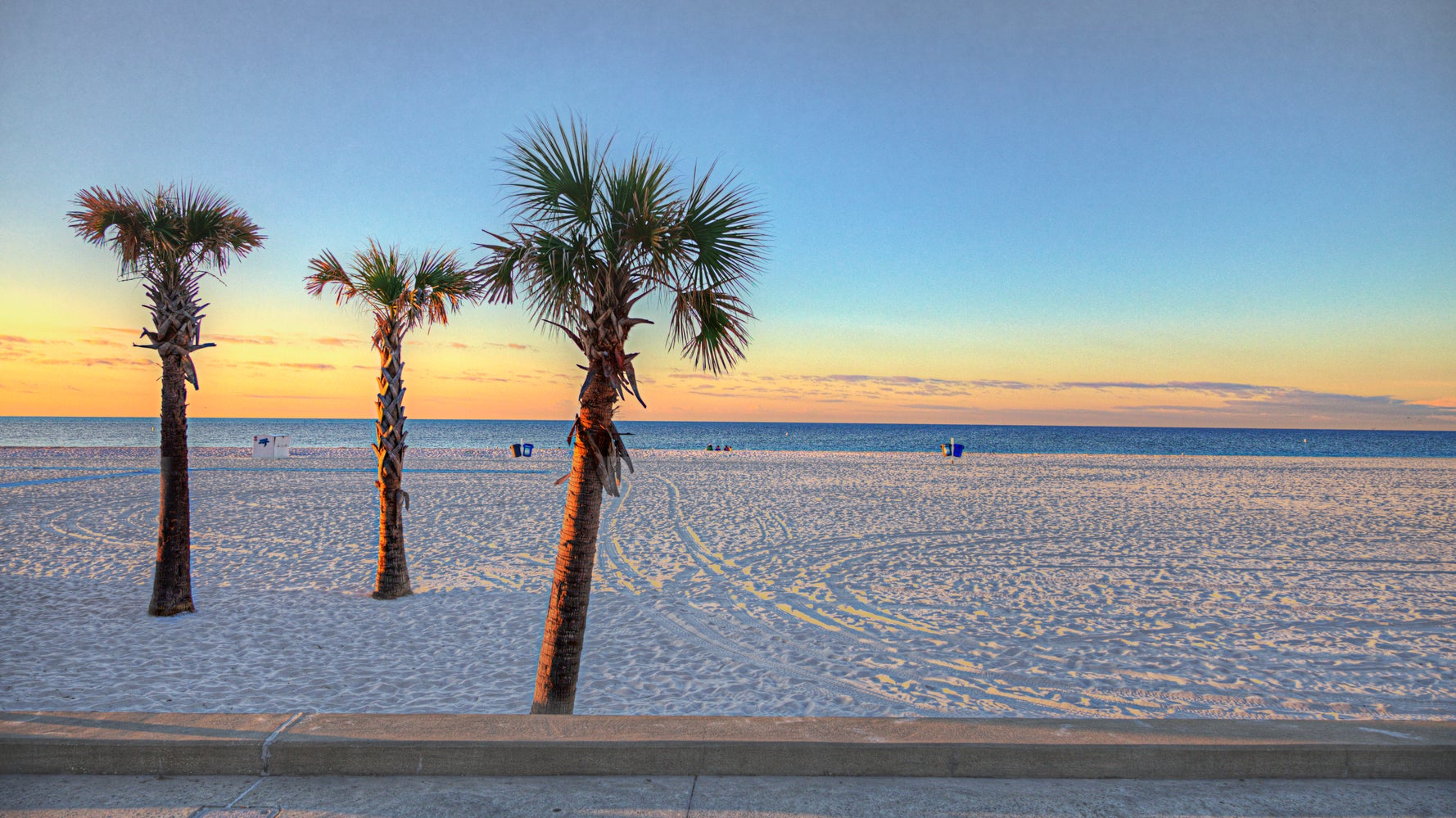
What makes a good season of television?
For superfans of the outdoor survival series Alone—yes, I count myself in this clique—the recipe is straightforward, but admittedly long. We want drama, danger, some pain and suffering, ingenuity and craftiness, and plenty of action.
And if one of the survivalists kills a moose, musk ox, or some other large animal, that’s pretty cool, too. Sounds easy enough, right?
The opening episode of Alone’s season 12, which aired Thursday night on The History Channel, checked nearly every square on my proverbial Alone bingo card. Someone tapped out. Potentially dangerous animals menaced the survivalists. There was pants pooping! And yeah, a contestant even hunted and killed a large critter.
If the rest of the season is anything like episode 1, we are in for a treat.
A Desert With Resources Galore
Spoilers ahead! For some of us, survival reality TV is America’s fifth professional sport, and Alone is like the Olympics, Super Bowl, and Stanley Cup Playoffs rolled into one. A few weeks ago we learned that season 12 of Alone would be unlike previous ones due to its location: South Africa’s Great Karoo desert. Throughout the 11 previous seasons, Alone has sent survivalists to the Arctic Circle, Vancouver Island, Mongolia, and even Patagonia. But never has it staged a season in a hot and dry environment.
I assumed the hunt for fresh water would define the season. Indeed, the opening episode boasts the tagline The Land of Great Thirst.
That still may be true, but the opening episode delivered the first curveball of this season: contestants (and viewers) discovered that fresh water is in abundance. All of the survivalists have been placed along the banks of a massive lake somewhere in the Great Karoo.
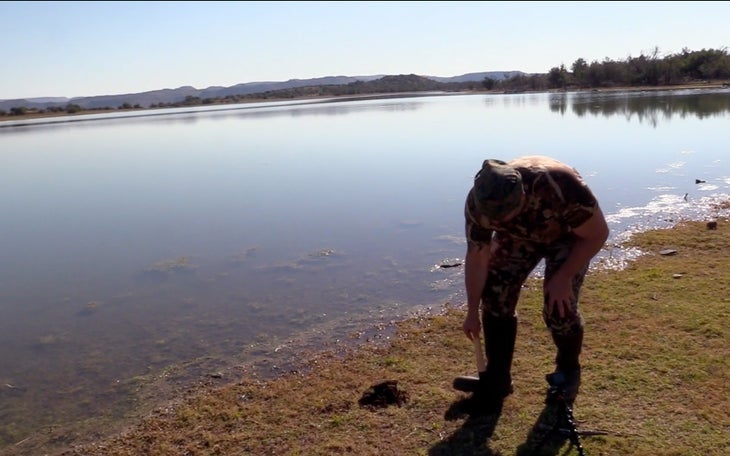
But just how potable is the water in this lake? This question unfortunately comes up later in the episode.
Like all season debuts, episode 1 introduced us to the full cast in brief snippets before focusing on a handful of survivalists for their first few days in the wild.
We spent meaningful time with Will, an exotic animal rancher from Texas; Pablo, a video editor from Florida; Kelsey, a horse trainer from Montana; Jit, an outdoor educator from New Zealand; and Katie, a survival skills instructor from Australia.
All five got to work building their temporary shelters, boiling water to drink, and then scouting the area for food. This final task shed light on the potential action we may see later in the season. It turns out the Great Karoo is teeming with big game animals that could feed a person for weeks: warthogs, kudu, springbok antelope, baboons, and yes, even water buffalo.
My heart started hammering when Will climbed onto a rocky bluff to spy on a troop of baboons and came within feet of a massive kudu. Seventeen years ago I visited South Africa and ate a few kudu steaks during my trip, and the meat, while somewhat gamey, was tender and juicy.
As it turns out, a delicious animal was killed on episode 1, but it wasn’t a Kudu. While patrolling her territory on her second day in the field, Kelsey crept up on a warthog. She then fired two direct shots into Pumbaa, even after admitting to being a novice with a recurve bow. Kudos to Kelsey for quickly realizing that it would not be feasible to walk the half-mile back to camp with the 100-pound carcass. After quartering the animal and dragging its meat back to camp, she enjoyed a dinner of crispy back bacon.

The kill rocketed Kelsey way up in my mental ranking of the ten contestants. As an Alone completist, I’m accustomed to meeting both strong and weak participants during each season’s opening episode, and I always assess each person’s strengths by the backstories we see.
Of the five we met in episode 1, Kelsey obviously gained a huge advantage with the kill. That said, I was most impressed by Katie, who teaches survival skills in the arid Australian bush. In one scene Katie smelled a nearby warthog before she could even see it, and immediately recognized the herd’s game trail. I expect to see her bring down one of the hearty pigs at some point in the season.
I also had high hopes for Jit, an Outward Bound instructor from New Zealand. But alas, it was not to be. On his third day, Jit developed a nasty stomach bug and suffered some unfortunate and messy diarrhea, soiling his fancy hiking slacks. No, I did not have “pants pooping” on my Alone bingo card, but hey, the moment absolutely ratcheted up the drama. Moments later, we saw Jit doubled over in agony, grabbing his abdomen. He eventually called for medical help, becoming the first contestant to drop out.
What was to blame for Jit’s angry bowels? There are only two possible culprits: the prickly pear cactus he barbecued and ate, and the nasty, film-covered water from the lake that he boiled and then drank.
My guess is that the water, while abundant, is filled with pathogens. And while season 12 of Alone may not become a fight against thirst, it may become one against water-born illness.
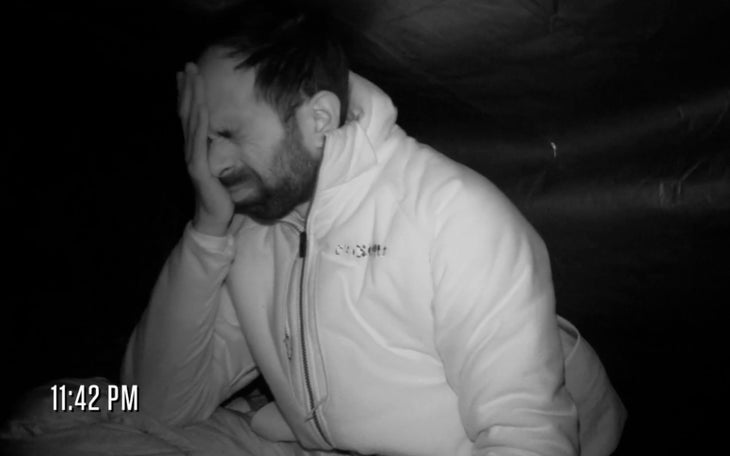
What Is ‘Drop Shock?’
Over the last few Alone seasons, the opening episodes have mentioned the term “drop shock,” which refers to the feelings some contestants have once the helicopters depart, leaving them alone in the wilderness. In the past, contestants have admitted to experiencing a wide range of emotions in this particularly vulnerable moment: overwhelmed, nervous, paralyzed, and yeah, even terrified.
During my reporting for this season, I phoned several past participants, and nobody copped to having felt true drop shock the moment they were left alone. But they had other perspective to share on the sensation.

“Being dropped off in the woods, or going on on a solo adventure—I do that stuff all the time,” Clay Hayes, the winner of season 8, told me. “For me it just felt like I was on another backcountry hunt.”
“I didn’t understand the folks who felt that way—I was excited to finally be out there,” Jessie Krebs, a participant from season 9, told me. “I love getting back into the wilderness.”
In his video series about survival medicine, season 9 participant Dr. Teimojin Tan said day hikers who realize they are lost in the backcountry suffer a feeling akin to drop shock, and the swirling emotions often cause them to become more lost. “One of the best advice is to take a knee. You need to take a break, take a breath in, and figure things out,” he said.
Krebs, who lives outside of Pagosa Springs, Colorado, said she often saw this reaction during her time working for wilderness therapy programs. People who were not accustomed to backcountry living, she said, sometimes became paralyzed by anxiety the moment they were left in a wilderness setting.
“They get this wide-eyed look. Everything has changed, and they are so thrown out of their element that they can’t function, like even go to the bathroom or sleep,” she said. “And then, after a few weeks, everything is fine. They’ve gotten accustomed to the new environment and everything is fine.”
The trouble with experiencing paralysis like this on Alone is that the opening few hours in the wilderness are so important. A survivalist must locate a suitable spot for a temporary shelter and scout for potable water. They must also set up their cameras and begin filming themselves.
Hayes, an experienced bowhunter, said he did feel a series of other emotions once he was dropped off on the banks of Chilko Lake, Canada, for his season. Hayes wasn’t a fan of Alone prior to applying to be on the show, but once he was accepted, he went back and binge-watched many of the seasons. Suddenly, once the chopper left him beside the lake, he found himself in a somewhat familiar position.
“When I was finally dropped off, I realized that now I’m the guy living the experience that I had been watching on the show,” he said. “It was extremely surreal.”
The post It’s the First Episode of ‘Alone’ and Survivalists Are Already Killing Big Game appeared first on Outside Online.












